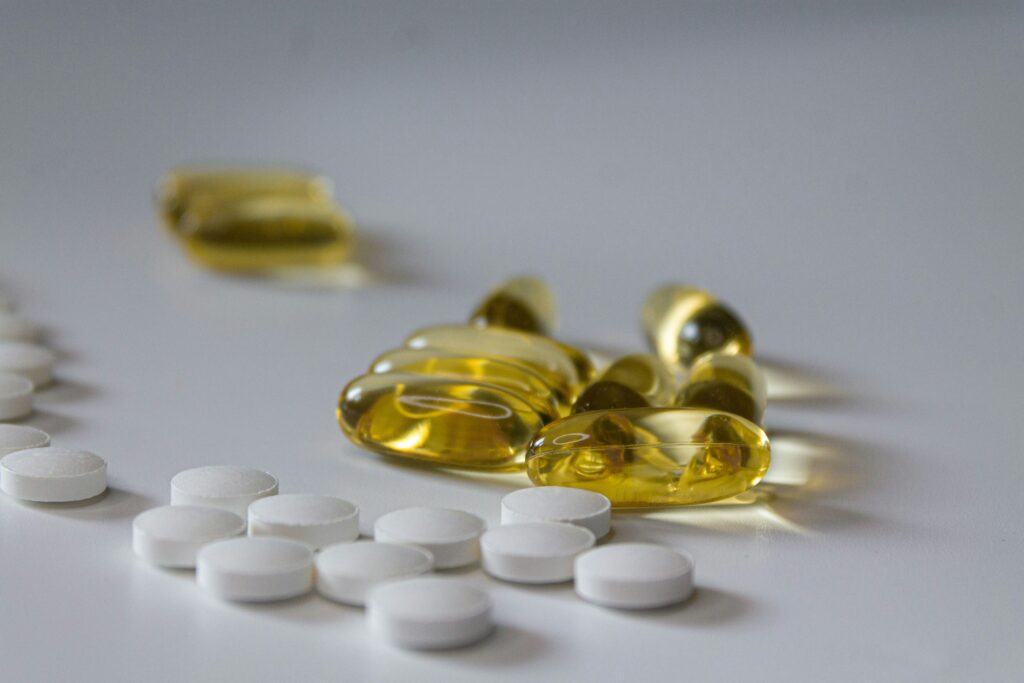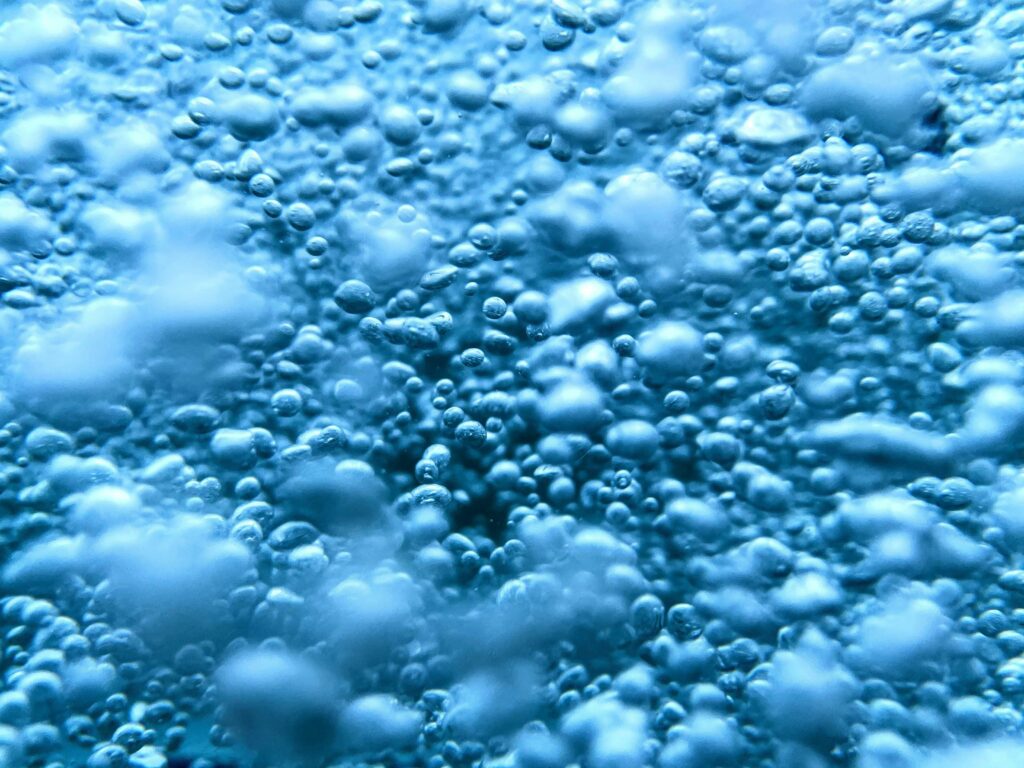The Benefits of Glutathione for Muscle Recovery
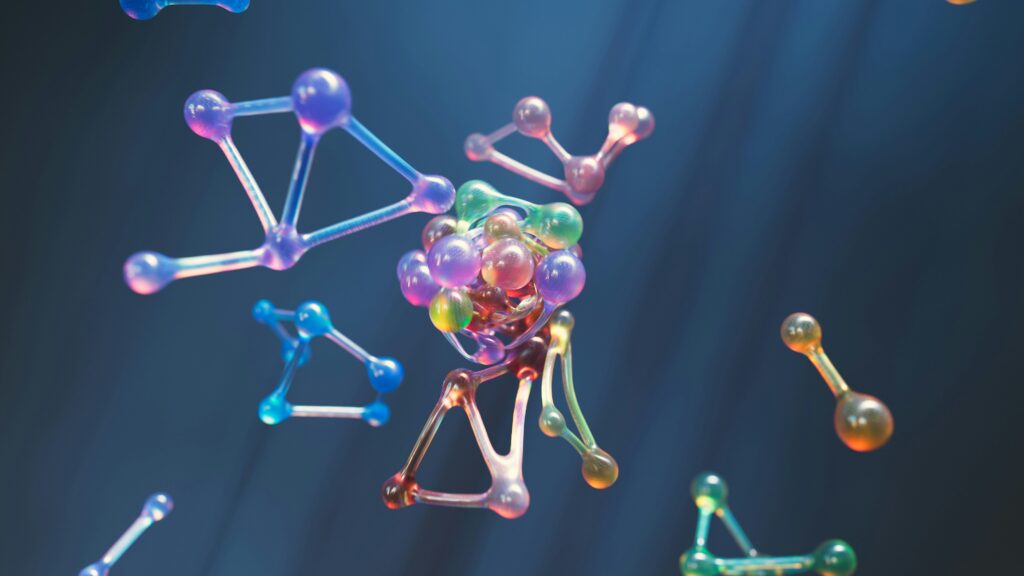
Glutathione has been highlighted lately as a crucial compound for post-workout recovery. This tiny molecule, often called the “master antioxidant” of the body, plays a vital role in helping our muscles bounce back after intense exercise. When we push ourselves hard at the gym or on a run, our bodies undergo significant stress. Muscles tear, inflammation rises, and oxidative stress skyrockets. Glutathione works tirelessly to combat the free radicals produced during exercise, reducing muscle damage and speeding up recovery. What’s fascinating is that intense exercise can actually reduce our glutathione stores. It’s like sending our internal defense system into overdrive and running out of ammunition. That’s why supplementing with glutathione after a workout has gained so much attention in recent years. Let’s take a closer look at the science behind glutathione and explore how it can potentially improve your post-workout recovery routine.
The Science of Glutathione
Glutathione is a tripeptide composed of three amino acids: cysteine, glutamic acid, and glycine. It’s present in every cell of our body, with the highest concentrations found in the liver. What makes glutathione special is its ability to recycle itself, continuously working to neutralize harmful free radicals and support our body’s detoxification processes. During intense exercise, our bodies produce an increased number of free radicals. These unstable molecules can damage cell membranes, proteins, and even DNA if left unchecked. Glutathione acts as a powerful scavenger, neutralizing these free radicals before they can cause harm. Glutathione also plays an essential role in reducing inflammation, supporting immune function, and enhancing mitochondrial function – the energy-producing structures in our cells.
Practical Applications of Glutathione for Muscle Recovery
So, how can we harness the power of glutathione for better post-workout recovery? There are several strategies to consider:
1. Direct Supplementation
Taking glutathione supplements after a workout can help replenish depleted stores. However, oral glutathione has traditionally had poor bioavailability. Newer formulations, such as liposomal glutathione, may offer better absorption (see options below).
2. Precursor Supplementation
Another approach is to supplement with glutathione precursors, particularly N-acetylcysteine (NAC). NAC is a potent antioxidant in its own right and can help boost glutathione production in the body.
3. Dietary Support
Consuming foods rich in glutathione precursors can naturally support your body’s production. Sulfur-rich vegetables like broccoli and Brussels sprouts, as well as whey protein, are excellent choices.
4. Lifestyle Factors
Adequate sleep, stress management, and regular exercise can all support healthy glutathione levels.
Overcoming Challenges in Glutathione Supplementation
While the potential benefits of glutathione for muscle recovery are exciting, there are some challenges to consider. The primary hurdle is absorption. Oral glutathione supplements have traditionally shown poor bioavailability, with much of the compound being broken down in the digestive tract before it can be utilized by the body. To overcome this, researchers and supplement manufacturers have developed several strategies:
1. Liposomal Glutathione: This form encapsulates glutathione in tiny fat bubbles, potentially improving absorption and bioavailability. Alpha Flow Liposomal Glutathione is one brand to try.
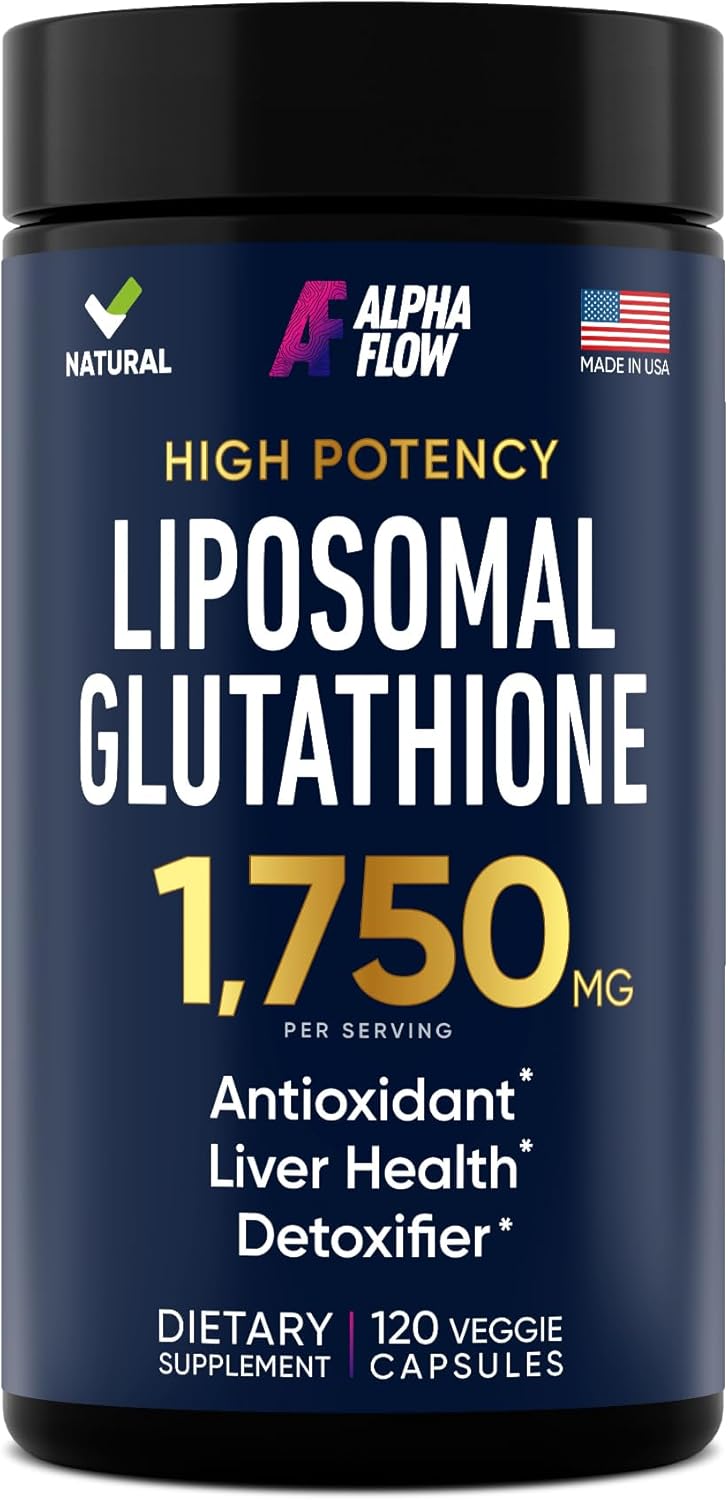
2. S-Acetyl Glutathione: This modified form of glutathione is more stable in the digestive tract and may offer better absorption. Double Wood Supplements offers an S-acetyl L-Glutathione that is in a highly bioavailable form.
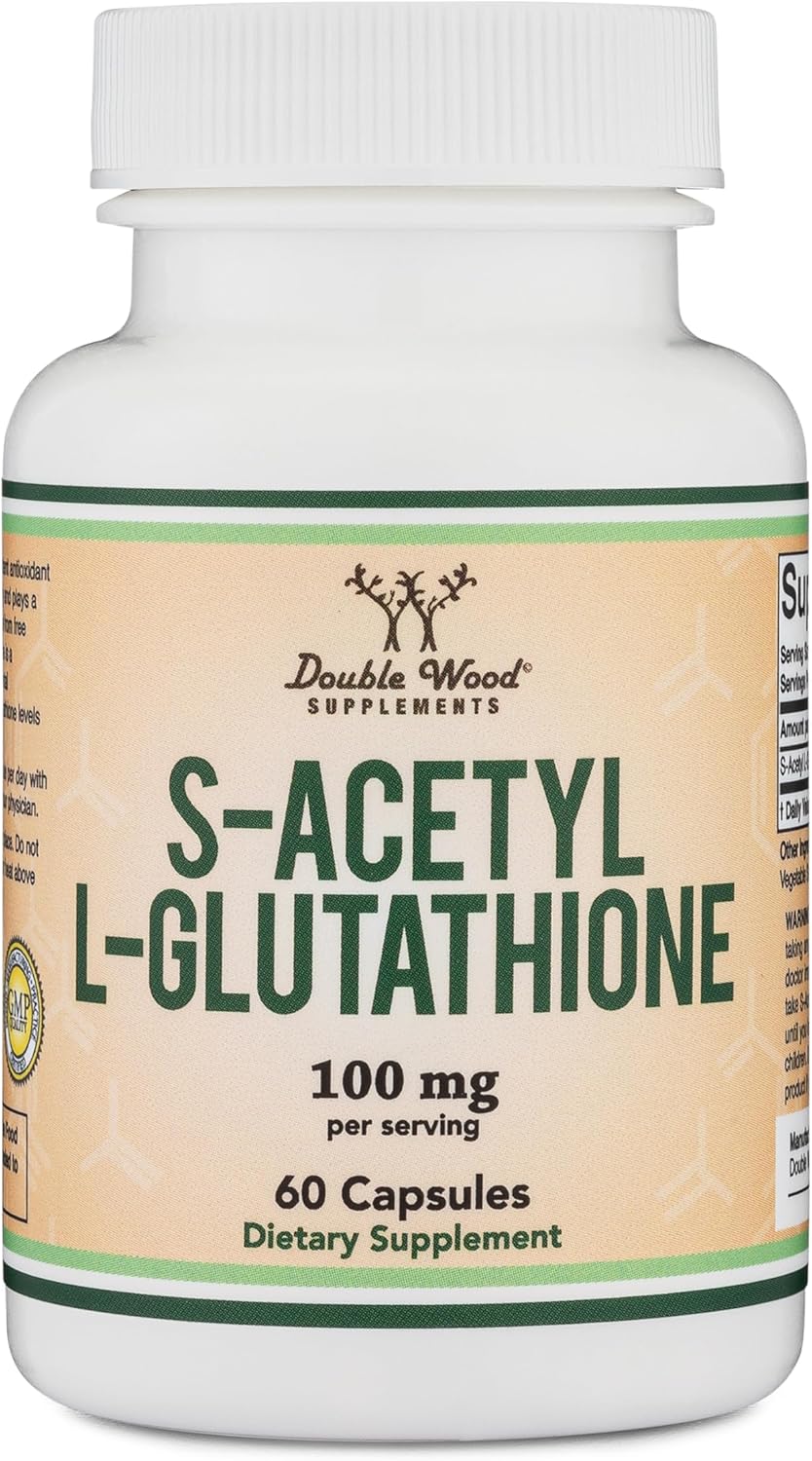
3. Sublingual or Intraoral Delivery: Some products are designed to be absorbed directly through the mouth’s mucous membranes, bypassing the digestive tract. Guigmiens Liquid Glutathione is one product designed to be dropped under the tongue and is considered highly absorbable.
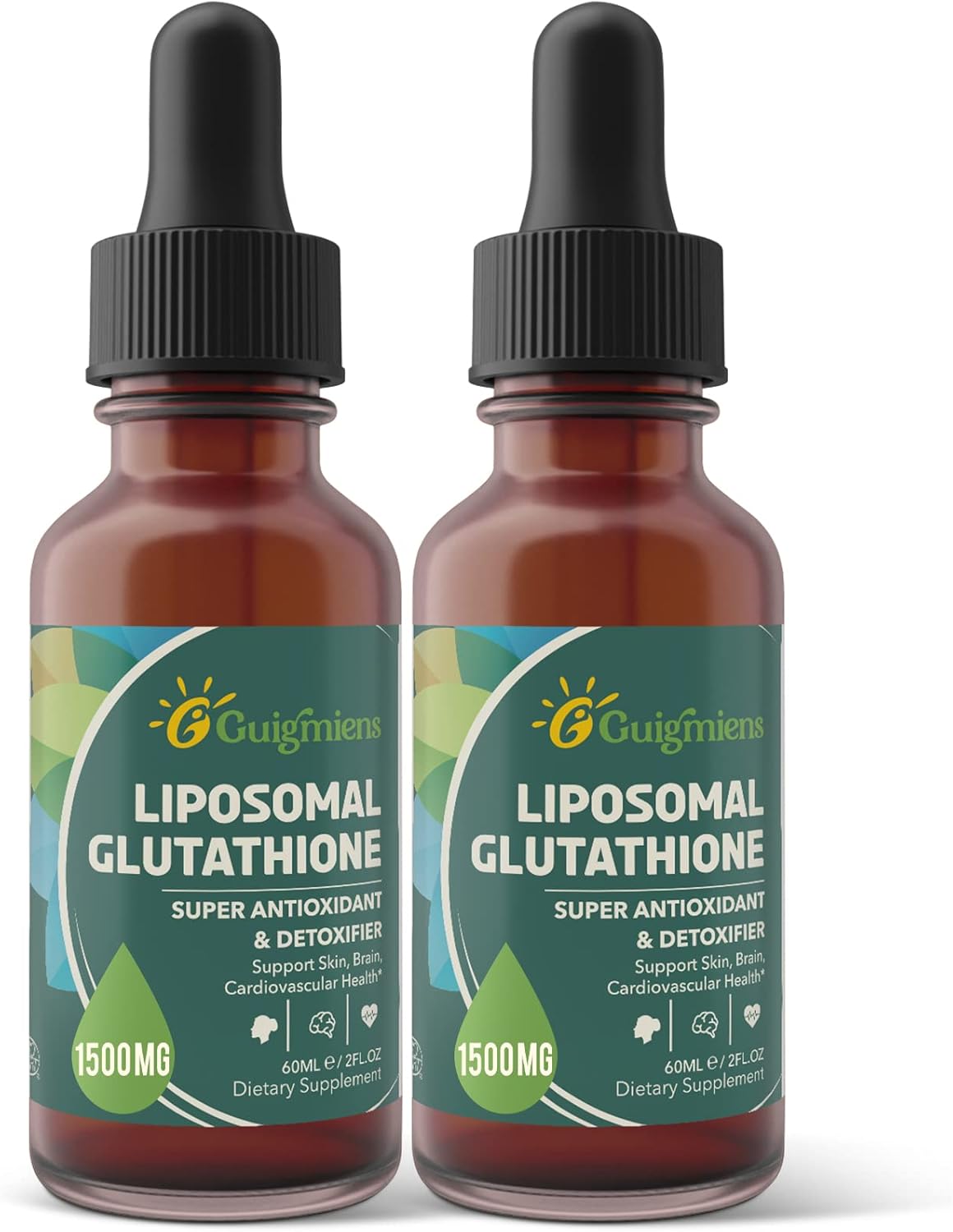
4. Precursor Supplementation: As mentioned earlier, supplementing with glutathione precursors like NAC can be an effective way to boost glutathione levels indirectly. Deal Supplement NAC with Glutathione is one highly rated option.
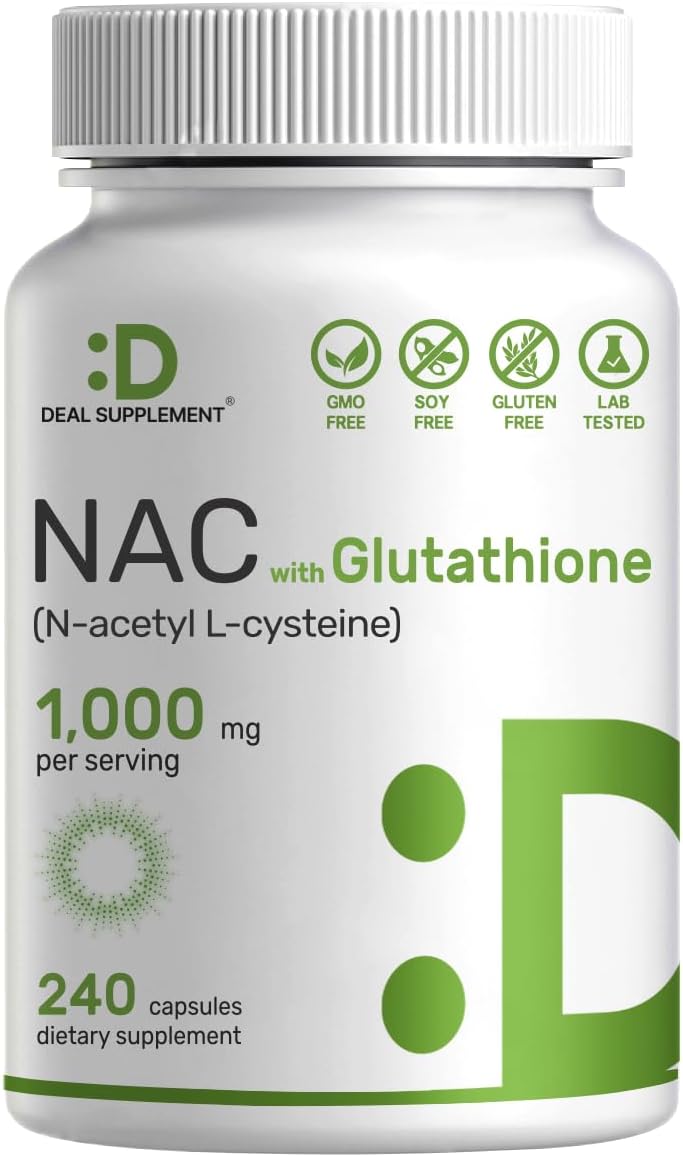
Implementing Glutathione in Your Recovery Routine
If you’re interested in incorporating glutathione into your post-workout recovery plan, here’s a step-by-step approach (as always, it is best to consult your physician prior to being any new supplementation):
1. Assess Your Current Recovery: Take note of how long it typically takes you to recover from intense workouts. Track factors like muscle soreness, fatigue, and performance in subsequent workouts.
2. Choose Your Supplementation Strategy: Decide whether you want to try direct glutathione supplementation or focus on precursors like NAC. Consider factors like cost, convenience, and potential effectiveness.
3. Start with a Conservative Dose: Begin with the lowest recommended dose on the product label. For NAC, a typical starting dose might be 600mg per day.
4. Time Your Intake: Take your chosen supplement immediately after your workout, when your body is primed for nutrient uptake and recovery processes are kicking into high gear.
5. Support with Diet: Incorporate glutathione-boosting foods into your post-workout meals. A whey protein shake with mixed berries and spinach is an excellent option.
6. Monitor Your Progress: Keep track of your recovery metrics. Are you experiencing less muscle soreness? Is your performance in subsequent workouts improving?
7. Adjust as Needed: If you’re not noticing benefits after a few weeks, consider adjusting your dose or trying a different form of supplementation. Always stay within recommended dosage guidelines.
Common Pitfalls, Problems, and Issues to Avoid
While glutathione supplementation can be useful and is generally considered safe, there are some potential pitfalls, problems, and issues to be aware of:
Overreliance on Supplements: Glutathione is just one piece of the recovery puzzle. Don’t neglect other crucial factors like proper nutrition, hydration, and rest.
Ignoring Quality: Not all glutathione supplements are created equal. Look for products from reputable manufacturers that undergo third-party testing.
Expecting Immediate Results: Like many nutritional interventions, the benefits of glutathione supplementation may take time to manifest. Be patient and consistent.
Neglecting Precursors: If direct glutathione supplementation isn’t working for you, don’t give up. Consider trying precursors like NAC or focusing on glutathione-boosting foods.
Overdoing It: More isn’t always better. Stick to recommended dosages and be cautious about combining many antioxidant supplements, as this could potentially interfere with your body’s natural adaptive responses to exercise.
Potential Medical Interactions:
- Digestive Issues: Some people may experience bloating, cramps, or diarrhea when taking oral glutathione supplements.
- Asthma: Inhaled glutathione has been associated with bronchospasm in some people with asthma.
- Interactions: Glutathione may interact with certain medications, including some chemotherapy drugs.
Building on the Basics
Understanding and implementing glutathione strategies represents an advanced approach to recovery. It builds on basic recovery principles like proper nutrition, hydration, and rest, taking your recovery game to the next level. As you become more attuned to your body’s response to glutathione support, you’ll be better equipped to fine-tune other aspects of your training and recovery. This might include more precise nutrient timing, better management of training volume and intensity, and a more holistic approach to stress management and recovery.
Glutathione and Other Recovery Techniques
Glutathione supplementation can be even more effective when combined with other recovery techniques:
Cold Therapy: Cold exposure, such as ice baths or cryotherapy, has been shown to increase glutathione levels in the body. Combining cold therapy with glutathione supplementation could potentially enhance recovery.
Massage: While massage doesn’t directly impact glutathione levels, it can help reduce muscle inflammation and improve circulation. This could create a more favorable environment for glutathione to work its magic.
Sleep Optimization: Quality sleep is crucial for natural glutathione production. Prioritizing sleep hygiene and aiming for 7-9 hours per night can support your body’s glutathione levels.
Integrating Glutathione into Your Overall Recovery Strategy
While glutathione can be a powerful tool for recovery, it’s important to remember that it’s just one piece of the puzzle. A comprehensive recovery strategy should also include:
- Proper nutrition with a focus on whole, nutrient-dense foods
- Adequate hydration
- Quality sleep
- Stress management techniques
- Active recovery and mobility work
- Periodization of training to allow for proper recovery
Glutathione supplementation can enhance these foundational practices, but it can’t replace them. Think of glutathione as the cherry on top of a well-structured recovery plan.
Key Takeaways
- Glutathione is a powerful antioxidant that plays a crucial role in post-workout recovery.
- Intense exercise can reduce glutathione stores, potentially compromising recovery.
- Supplementation with glutathione or its precursors, particularly after workouts, may enhance recovery.
- Absorption is a key challenge with glutathione supplementation. Liposomal forms or precursors like NAC may offer better results.
- A comprehensive glutathione strategy should include supplementation, dietary support, and lifestyle factors.
People Also Asked
What is glutathione good for?
Glutathione is a powerful antioxidant that helps protect cells from damage, supports immune function, and aids in detoxification processes in the body.
How can I increase glutathione naturally?
You can increase glutathione naturally by consuming sulfur-rich foods like garlic and onions, eating cruciferous vegetables, getting regular exercise, and ensuring adequate sleep.
Does NAC increase glutathione?
Yes, N-Acetyl Cysteine (NAC) is a precursor to glutathione and can help increase glutathione levels in the body.
Is glutathione good for muscle recovery?
Glutathione can be useful for muscle recovery by reducing oxidative stress and inflammation caused by intense exercise.
Can glutathione help with weight training?
Glutathione may help with weight training by reducing muscle damage and potentially improving recovery between sessions.
How long does it take for glutathione to work?
The time it takes for glutathione to work can vary, but some people report noticing benefits within a few weeks of consistent supplementation.
Is it safe to take glutathione daily?
Glutathione is generally considered safe for daily use, but it’s always best to talk to a healthcare provider before starting any new supplement regimen.
Does glutathione affect hormones?
Glutathione plays a role in hormone metabolism, but more research is needed to fully understand its effects on hormone levels.
Can glutathione improve athletic performance?
While glutathione primarily aids in recovery, by reducing oxidative stress and improving recovery, it may indirectly contribute to improved athletic performance over time.
Is liposomal glutathione better than regular glutathione?
Liposomal glutathione is often considered more effective than regular oral glutathione supplements because of its improved absorption and bioavailability.
To maximize your recovery efforts, explore Recovery Essentials Hub for additional workout recovery tips and products designed to help you achieve peak performance. Investing in high-quality recovery practices can make the difference between basic workouts and breaking new fitness records.
This post contains affiliate links. If you click on one and make a purchase, I may earn a commission at no additional cost to you. Rest assured, I only recommend products or services I believe will provide value to my readers.
